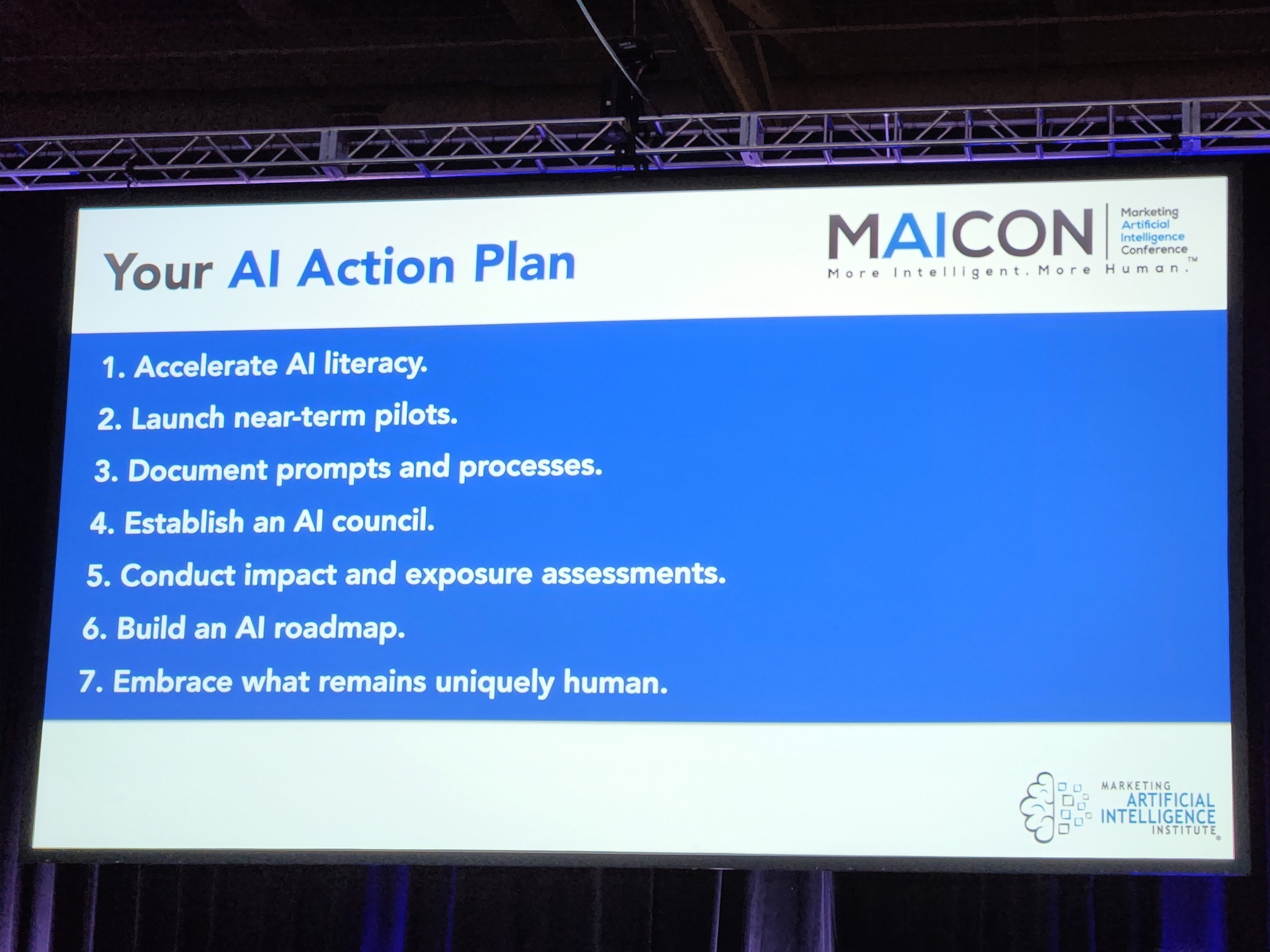author
William McKee
No matter the size, most businesses struggle to provide the consistent quality of service and level of attention that their customers deserve.
And, as your company grows, the level of support customers expect also changes - making customer service an integral part of scaling a business.
But customer support teams are expensive, and for growing businesses, that cost could be a hindrance to scale. What a predicament.
Enter Chatbots
A chatbot is simply an automated system that can simulate human conversation through chat messaging on a website, mobile apps, or telephone.
Studies have shown that chatbots dramatically increase your level of support, while reducing service costs by up to 30%.
These chatbots are becoming so common, it’s likely that somewhere along the way, you’ve encountered one while browsing the internet.
Using this powerful new technology to simulate basic interactions can take a great load off of human agents and accelerate the B2B sales process.
So let’s take a look at these shiny new tools and how B2B marketers and business owners can incorporate them into their internet marketing and service strategies.
Chatbots vs. Live Chat
Before we dive in too deep, let’s first make a distinction between chatbots and live chat. While both tools provide a way to connect with and support your audience, chatbots can basically ride on autopilot, and live chat requires a human agent to engage with the customer.
Is this technology the rise of machines? No, chatbots could never replace human agents.
Think of these tools as complimentary, not combative. The relational and intuitive aspects of human support have no replacement.
Rather than replace, chatbots can support your live chat agents, answering the simple questions that drain their time or providing support after hours.
Understanding the pros and cons of each will help you make the best decisions for which of these two tools to use, or if there is room for both in your business.
Can’t decide on the right technology to boost website leads?
Request a strategy call
Which Chatbot to choose?
Chatbots can be classified into two main types, based on how they are built. The type of chatbot you will need depends on the problem you need to solve. Let’s take a look.
Rule-based chatbots
Rule-based chatbots are the first and most simple kind of bots. Also known as “decision-tree” bots, these ones are able to hold basic conversations with customers. If a user is presented with just a few options, a rule-based chatbot can quickly and easily execute this. A rule-based bot might also be able to recognize keywords and phrases within a request. For example, if the word “quote” appears, the bot will direct the user to a contact page to request a quote.
Setting up a rule-based chatbot is as simple as mapping out a flowchart of possible conversations, anticipating what the customer might ask, and deciding how the chatbot should respond accordingly.
These bots can be built with very simple or more complex rules, but are not designed to answer questions outside of the defined rules, and cannot learn or become smarter over time.
Often, companies build rule-based chatbots to answer simple questions, freeing up live agents to handle more complicated issues.
AI-Powered chatbots
In contrast to their rule-based counterparts, AI-based chatbots are more sophisticated and use machine learning to provide their responses to users. Programmed with Natural Language Processing (NLP), AI-powered bots are powerful because they learn as they go.
With their deep learning abilities, AI bots offer far greater potential. These bots actively interpret queries provided by customers and use the data gathered from interactions to "learn" more about how to better serve clients in the future.
The learning nature of AI bots gives them the ability to read the customer’s emotions and act accordingly, personalizing the customer service and delivering an exceptional experience.
While these bots are smart, they cannot interpret the context of human emotions. I should point out again, that bots could never replace the essential human element of support.
If you’re ready to turn more anonymous browsers of your website into leads, get in touch with us today. We’re ready to help you turn your website into a powerful lead generator.
Why B2B Businesses Use Chatbots
Chatbots aren’t just for the B2C company. In fact, when utilized well, bots are a very powerful tool for B2B companies that can help move people along the sales process faster, while saving your agents time.
- Chatbots convert more visitors into leads. Lead quality degrades over time, so making it quick and easy for browsers to find the information that they need, your chatbot can help you get more quality leads. A Hubspot survey showed that 47% of people would also be willing to purchase directly from a chatbot.
- Qualify leads with a chatbot. Bots can collect data from a prospect’s visit to your website, then separating qualified leads from those who aren’t. Once leads are qualified, the bot can then schedule appointments on the spot, saving your team from wasting hours with dead leads.
- Offer 24/7 support. More than 50% of customers now anticipate that a business is open 24/7.
- Integrate your chatbot with just about any customer relationship management platform, providing the data needed to foster stronger relationships with customers.
- Reduce response time with browsers. On average, B2B companies take 10 hours to respond to a message, but 5 minutes is the optimum time to respond to a lead. Automating the initial response with a chatbot is a great way to engage users faster.
- Save money. Juniper research believes that chatbots will save businesses an aggregate of over $8 billion by the year 2022. Bots can save your agents up to 4 minutes of phone time per session, which translates to dollars saved for the business.
Get the most from your chatbot.
- Place chatbots on specific website pages, with pre-loaded responses. Provide a better, more tailored experience for your customers by anticipating their questions on certain pages of your website.
- Start small. When getting started with your chatbot, don’t try to bite off too much at first. It’s important that your communication with customers is concise and free of jargon, so opting to keep things simple in the beginning will allow you to keep a close eye on your bot’s performance, learn from your audience’s behavior, and develop new versions with more functionalities.
- Integrate with your buyer personas. Your buyer persona is meant to help you understand your customers more fully. When you understand what makes your buyers tick, not only can you sell more effectively to them, you can anticipate their needs and take greater care of them along their journey.
Launching a chatbot on your website is an innovative way that you can connect with prospects, existing customers, and returning customers. While chatbots may not be quite right for every business, don’t be so sure it isn’t right for your B2B business. If you're investing in SEO, a chatbot may increase dwell time, which is part of the machine learning algorithm that can contribute to positive SEO ranking factors.
Chatbots are the future -- whether for sales assistance, lead nurturing, or troubleshooting. Ready to get started with your chatbot? Get started right away with Hubspot’s chatbot feature, we’ll be happy to educate you on the next steps.
As the digital landscape continues to evolve, we’re here to help you take advantage of it all and keep growing!
.webp?width=900&height=548&name=wyatt-mobile%20copy%20(2).webp)

